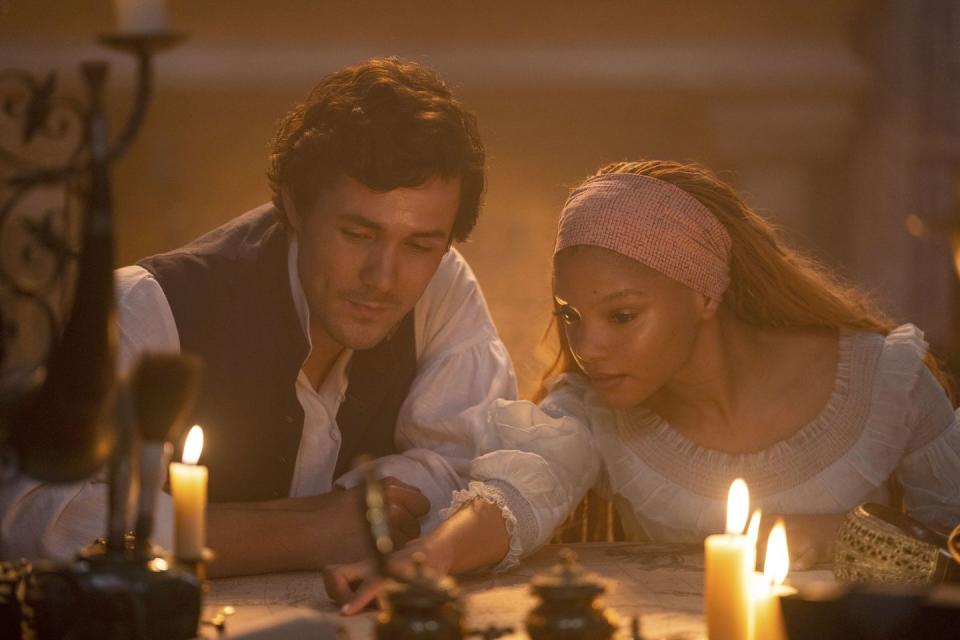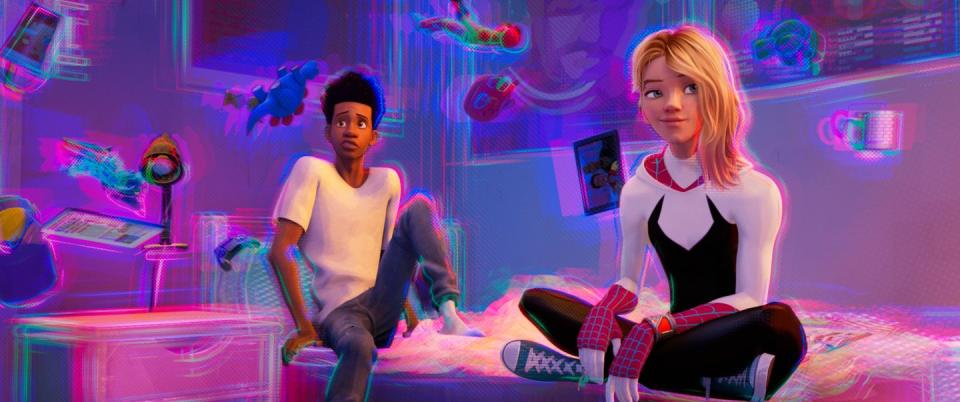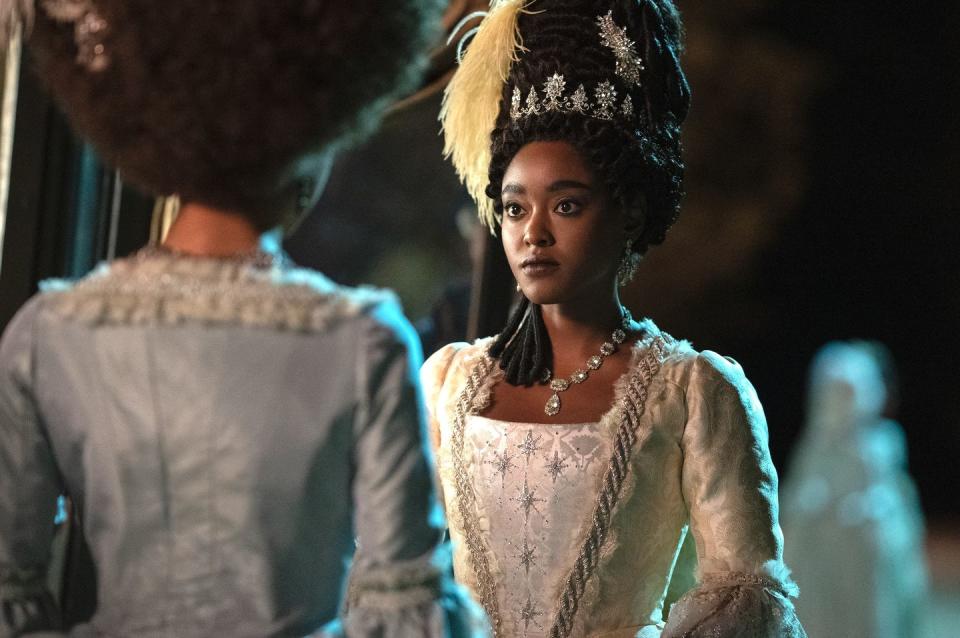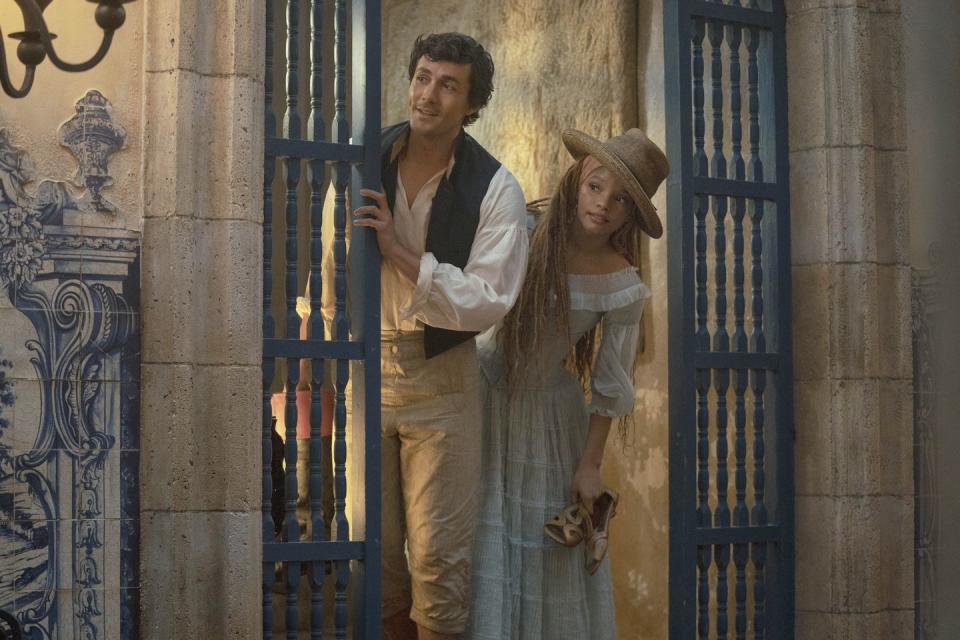Movies still need to improve one thing about Black representation
This summer saw the return of the big-budget blockbuster, introduced audiences to Barbenheimer and saw industry-wide strikes take place in the US as creatives fought to be compensated fairly for the art they create and for their rights to be protected.
Pink was back (thank you Barbie), everyone from Taylor Swift to Beyoncé was on tour and celebrity couples spent the entire summer getting divorced. It was a season of chaos.
Among all the chaos though, another trend revealed itself. The release of The Little Mermaid – Disney's latest attempt at revamping their old IP – took hold of our timelines, triggering a culture war so intense that there were even campaigns to recast the part of Ariel because, apparently, Halle Bailey was too Black to play a fictional creature.
Since a lot has already been said about the particularly horrific misogynoir that Black actresses cast in typically white roles face, it makes more sense to focus on what really defined this year culturally: the rise and rise of the romantic 'swirl'.

Watch The Little Mermaid on Disney+
Swirling – or the insistence of pairing a Black character with a white romantic partner – was merely heightened by the casting for The Little Mermaid. Halle Bailey and Jonah Hauer-King (who plays Prince Eric) were not the exception to this rule, but rather represented the default state of relationships we'd seen onscreen all summer.
With Bridgerton's success, it has become more commonplace in TV, but film too has a long history of throwing Black characters in with white love interests: Something New, All the Bright Places, The Bodyguard, Save the Last Dance, Focus and Belle, the spiritual ancestor to Bridgerton.
Audiences even saw it in Spider-Man: Across the Spider-Verse, as the internet rooted for Miles and Gwen to stop their teen lusting and finally become a couple. (Thankfully, this didn't happen in the excellent sequel.)
On the surface, it is a mark of progress: here you have Black characters being explored, allowed to love and lust onscreen when they have so often been reduced to side characters, two dimensional and temporary.

However, this insistence on 'swirling' onscreen is merely an extension of that same misguided belief that Black characters and their experiences can be approached with the same mentality towards diversity that presented audiences with the disposable Black girlfriend trope, where Black peoples' humanity onscreen hinges on their proximity to whiteness.
Queen Charlotte, Ariel, Miles... they are all the main characters in these stories, yet they split that screen time with a white co-lead, their character arcs intertwined irretrievably with the state of their love lives.
It's a trope reliant on the belief that the only way a Black character is truly desirable is when a white one loves them. And true, most of the time, the romances in question work well because the actors have phenomenal chemistry, but just compare how we see Black love onscreen.
In Queen Charlotte, the only Black couple we see are Lady Danbury and Lord Danbury, a relationship depicting marital rape as a bit to be played, and where Lady Danbury's only enjoyable sexual encounter in the show happens with a white man.
When she is with Lord Danbury, the experience is violent, aggressive, animalistic and dehumanising. When Lady Danbury meets Lord Ledger, it is the first time she gets to explore intimacy and tenderness.

Whether or not Queen Charlotte and King George's relationship allows for the expression of romantic love featuring a young Black woman in the lead is almost completely undermined by the comparative dissonance between what Lady Danbury's fate is in comparison to the titular character.
What is Hollywood implying when the few Black women they write are only compatible with white men? We dehumanise and diminish not only their experiences, but do the same to the Black men who they could have been with.
There's a reason why we rarely see Black men get to be the romantic leads in a movie and the erasure of their capacity as lovers and partners speaks volumes about the industry's refusal to see them as fully rounded people. Romance is a great tool for writers to explore a character's softness; Prince Eric's love and loyalty towards Ariel is genuinely the entire basis of his character.

It's why there needs to be more space given to Black writers to bring pieces like Rye Lane to life. The same things that audiences love and value about these 'swirl' onscreen relationships, the same intense chemistry and joyful banter, can exist with two characters who are also Black.
It doesn't mean that all Black characters need to be forced together in order to fulfil a Black love quota, but there is a collective responsibility to keep pushing until Black people can see the many shades of their experiences explored at a remove from whiteness.
Interracial relationships of course exist in real life, but their hegemonic hold on movies and TV takes it a step beyond representation into a wilful ignorance of Black love or even interracial relationships that do not feature a white person in them.
Love Jones. Brown Sugar. If Beale Street Could Talk: all movies that explore Blackness through a lens of love, allowing space to see Black people as worthy of receiving love and giving it back to someone who shares that same context.
If the price that has to be paid for more representation is cutting out the existence of Black love, then it isn't really representation – it's an agenda.
You Might Also Like

 Yahoo News
Yahoo News 
